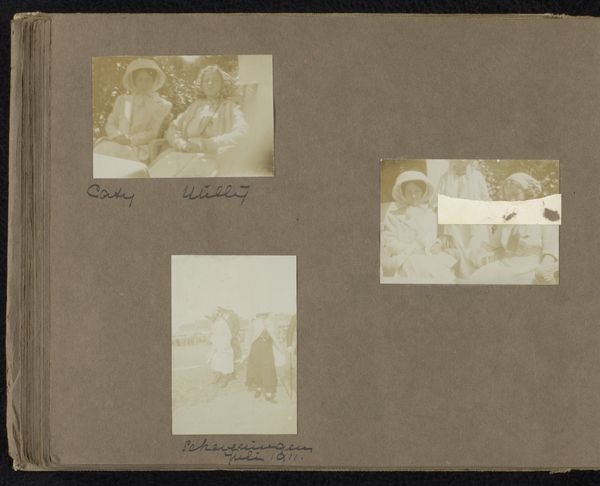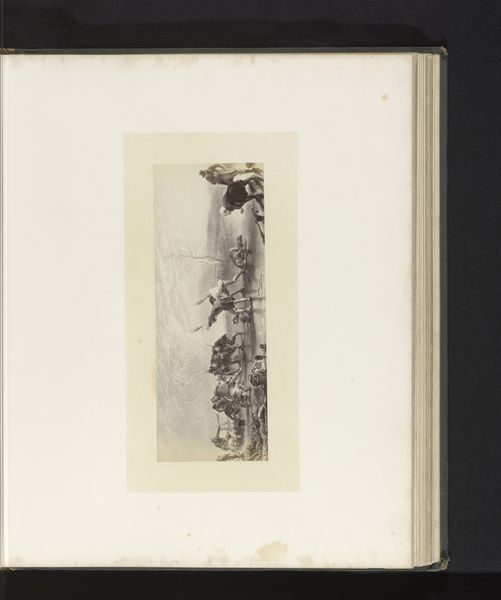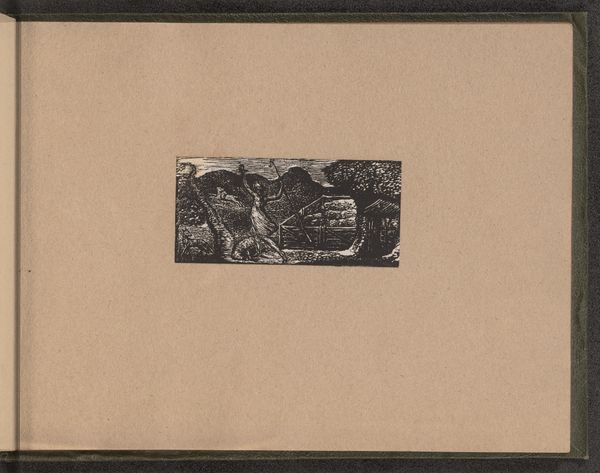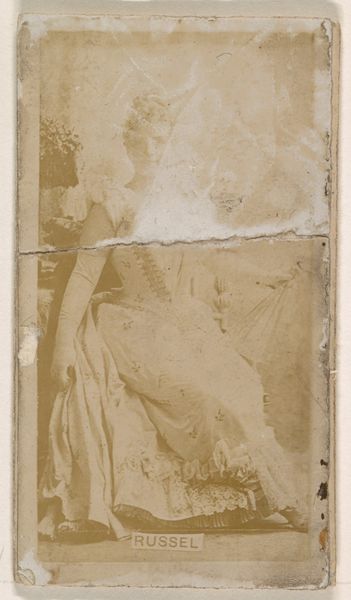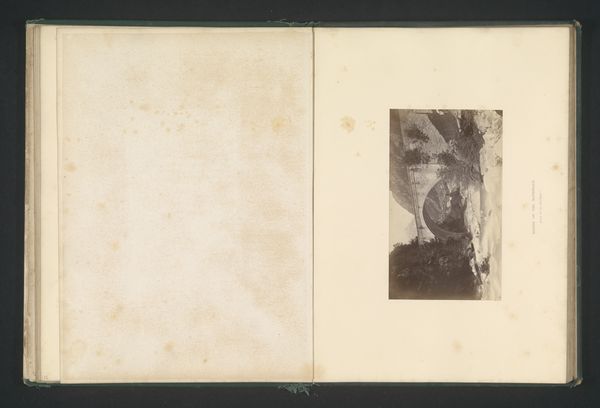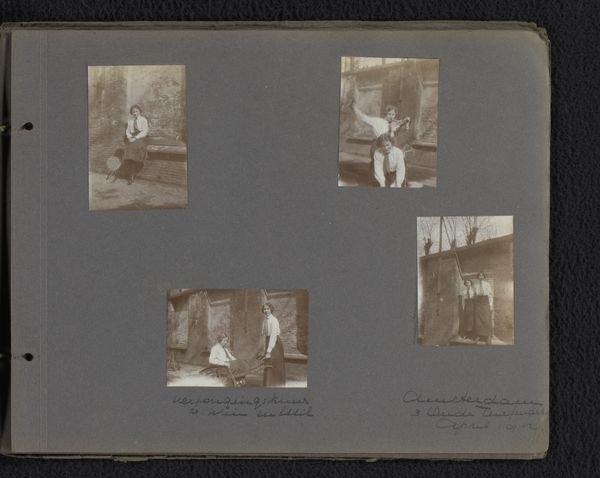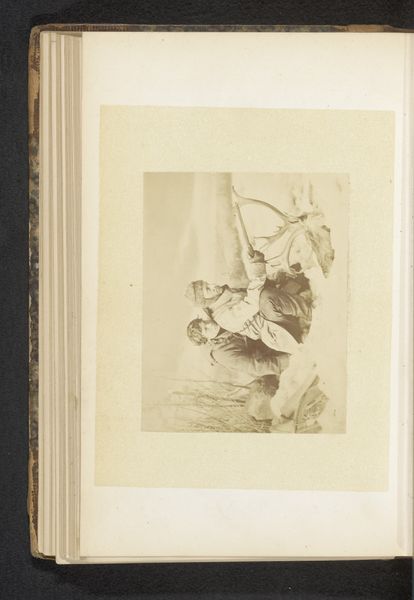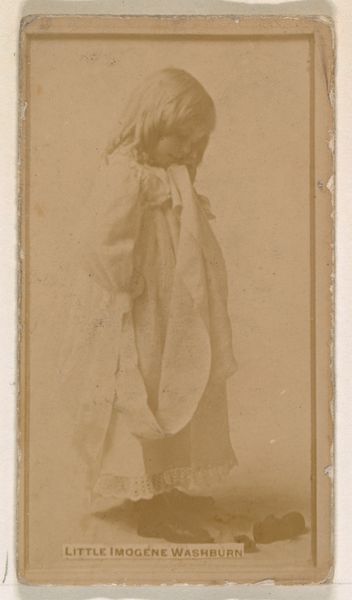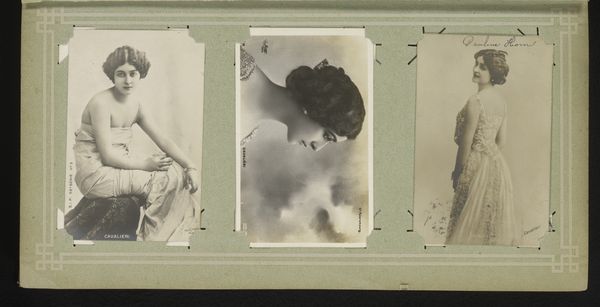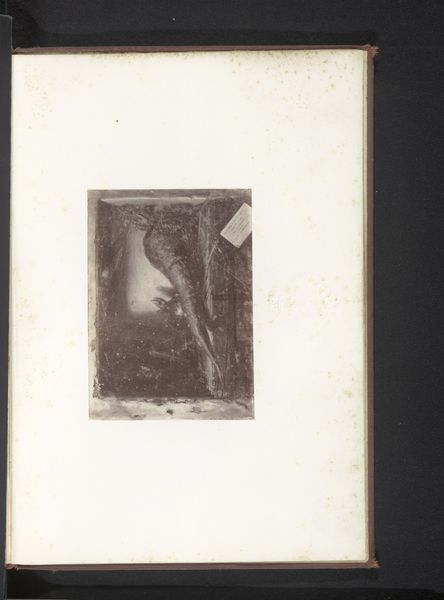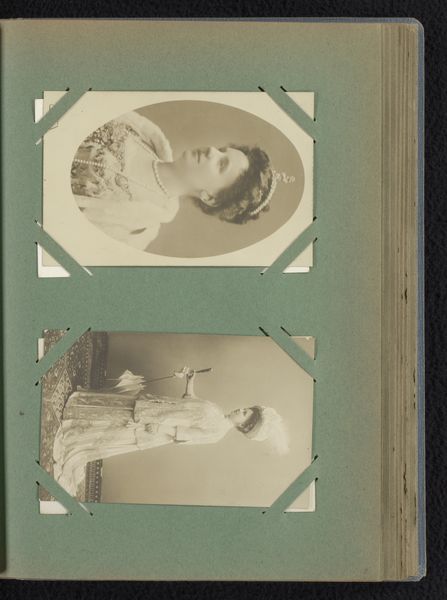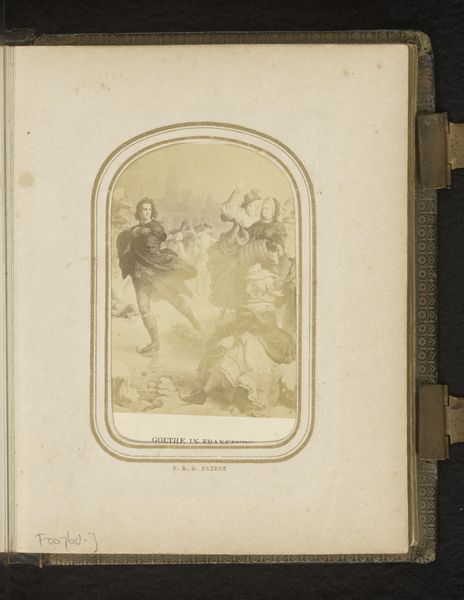
photography
#
portrait
#
pictorialism
#
photography
#
nude
Dimensions: height 196 mm, width 368 mm
Copyright: Rijks Museum: Open Domain
Editor: This is "Drie portretten van naakte vrouwen," or "Three Portraits of Nude Women," created sometime between 1900 and 1930, and it’s a photograph by Étienne Neurdein. I’m struck by the difference in settings and poses; the women almost seem like figures in a painting rather than portraits. What are your thoughts on it? Curator: Well, what stands out to me immediately is the production itself: this isn't simply about *seeing* three naked women. This is Pictorialism photography – the manipulation of the photographic medium, transforming a mechanical process into something resembling painting or etching. Think about the labor involved: setting up these elaborate scenes, the models’ poses, the chemicals, the darkroom manipulations to create these soft-focus effects. How do you think these "painterly" effects might be relevant? Editor: So it's about blurring the line between photography, which is considered craft, and painting, considered "fine art?" Was this trying to elevate photography's status? Curator: Exactly! Consider the market for photography at the time. These nudes were being consumed, reproduced, and disseminated, likely not as "art" but perhaps as erotic images or studies. This tension - the push for photography as high art versus its role in popular visual culture and its own industrial production - is key here. Look at the textural difference between the albumen prints that make up the top two photos versus the gelatine silver print. This points to shifting production methods over time. What does that say about art's accessibility as this becomes streamlined and efficient? Editor: It becomes easier and quicker to mass produce, reaching more people at potentially lower quality as it cuts costs to maximise profits… It is almost commentary on industrial progress. Thank you; that's given me a lot to think about! Curator: Indeed. These images tell us less about the subjects themselves, and much more about the historical forces shaping the art market. They show how techniques and the very *stuff* of image-making define art itself.
Comments
No comments
Be the first to comment and join the conversation on the ultimate creative platform.
